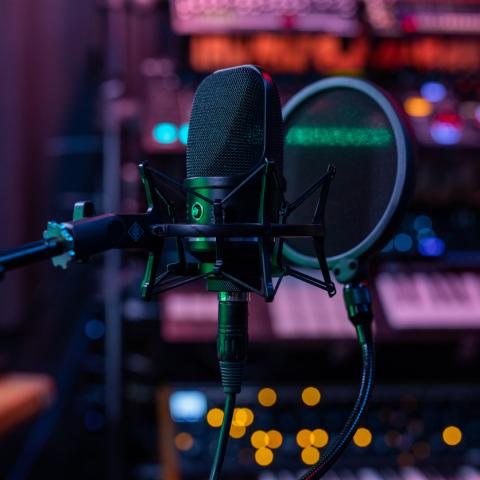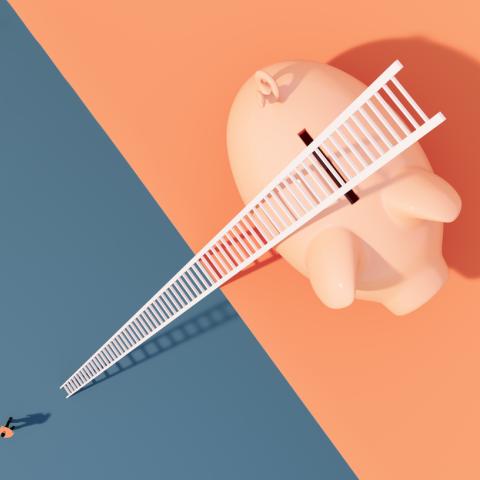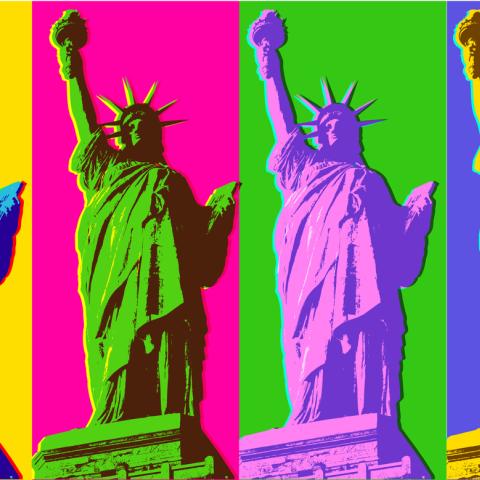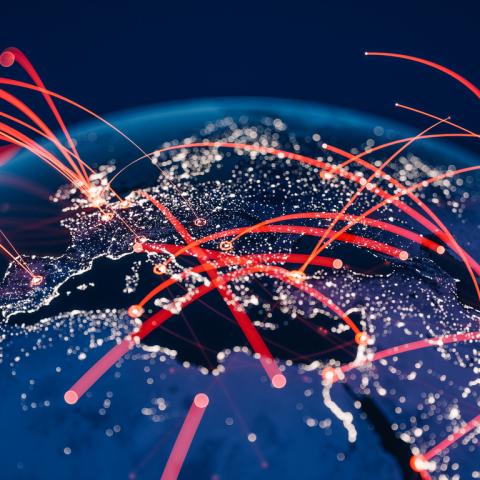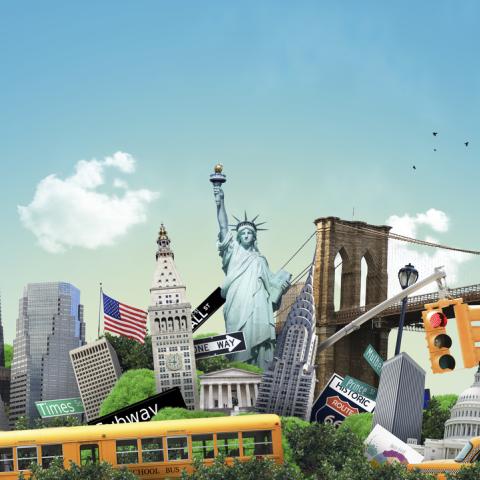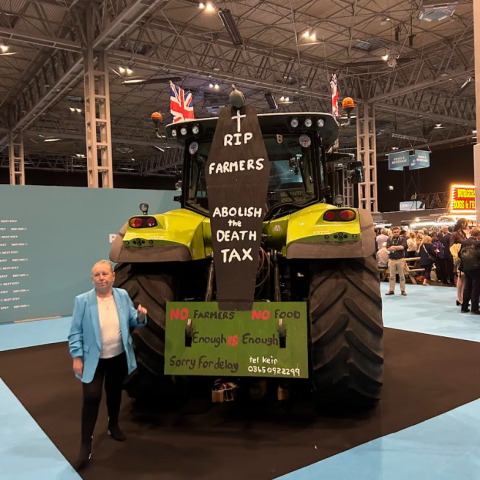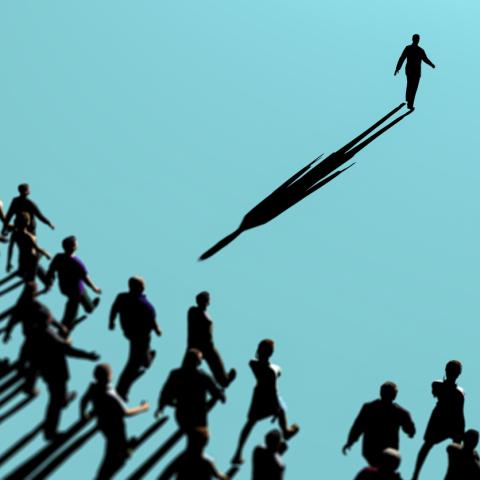The political history of Pride
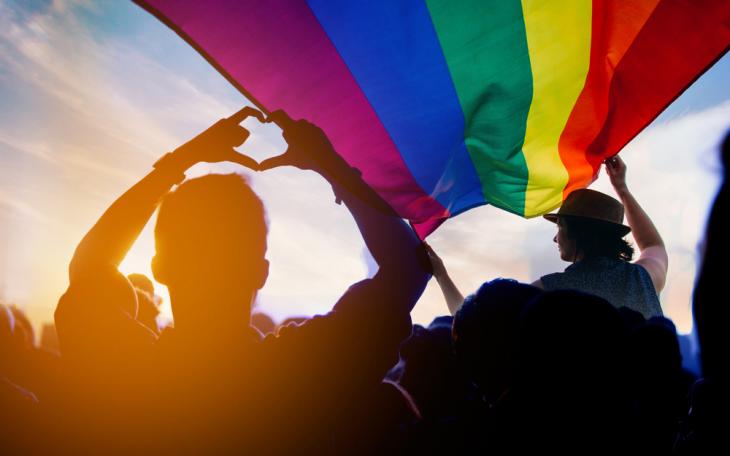
By Laura Sears
Happy Pride Month! 🏳️🌈
Over the next few weeks I, and I’m sure many of you, will be attending Pride festivities up and down the country, with parades, parties and concerts all being held to commemorate the month. This year is particularly important as it marks the 50th anniversary of the first UK Pride march, celebrated in honour of the 1969 Stonewall Uprising in Manhattan, often recognised as a major catalyst for LGBTQ+ liberation movements globally.
So, while we don our brightly coloured outfits and drink our sparkly cocktails (just me?), it is more important than ever to understand how the celebration we know and love began, and why, fifty years on, there’s still more work to be done to ensure everyone enjoys the equal freedoms those people fought so hard for.
But Laura, haven’t you written about the history of Pride in the UK already? Why yes I have – thank you for remembering. As did my colleague Imogen. I’d advise you to read those before going any further, as they’ll provide some useful background.
How did we get here?
Pride in its initial form was a rally, with upwards of 2,000 people taking to the streets to campaign for equal rights. In 1972, when the first Pride march took place, homosexuality had only been decriminalised five years prior – and even then it was only legal for men over 21 years old.
British society was still extremely prejudiced against same-sex relationships at the time, with identifying as gay being labelled a ‘disability’ that carried ‘a great weight of shame’. Having been outlawed over 450 years prior in this country, it’s understandable why so many at the time were against ‘queerness’: change takes time. The acronym LGBTQ+ didn’t become commonplace until the last couple of decades, so much of reported history and legislation refers to LGB rights – trans and identity-questioning people are largely ignored (and not in a good way).
Why is Pride still necessary if it was legalised 55 years ago?
Far from being plain sailing, with the increased visibility of the LGTBQ+ community also came increased backlash. The notorious Section 28 amendment to the Local Government Act, which banned schools from teaching or promoting the “acceptability of homosexuality” in the 1980s, caused widespread outrage across the country.
Section 28 wasn’t repealed in all four home nations until 2003, and same sex marriages weren’t legalised in England, Wales, and Scotland until 2014 – and not until 2020 in Northern Ireland. Homosexuality wasn’t even declassified as a mental illness until the 1990s.
Scarily, many of the rights people protested for back in 1972 are still not enjoyed by all people today. Over 70 countries still criminalise same-sex relationships, and the number of countries who outlaw transitioning or arrest anyone who identifies as anything other than cisgender (the term used to describe people whose gender identity and expression match the sex they were assigned at birth) is even higher. Far from an international issue, even in the UK there’s ongoing debate around conversion therapy for trans people, and its legality.
Don’t get me wrong, it’s not all doom and gloom: even in my lifetime there have been huge strides in attitude and rights gains; 55% of Britons now support the teaching of LGTBQ+ sex and relationships in schools (up yours, Section 28!). I just ask that, when waving your flags, you take some time to consider the barriers many people still face in enjoying the same freedoms you do, remember the history behind Pride, and look to be the best ally you can for those who need you.

